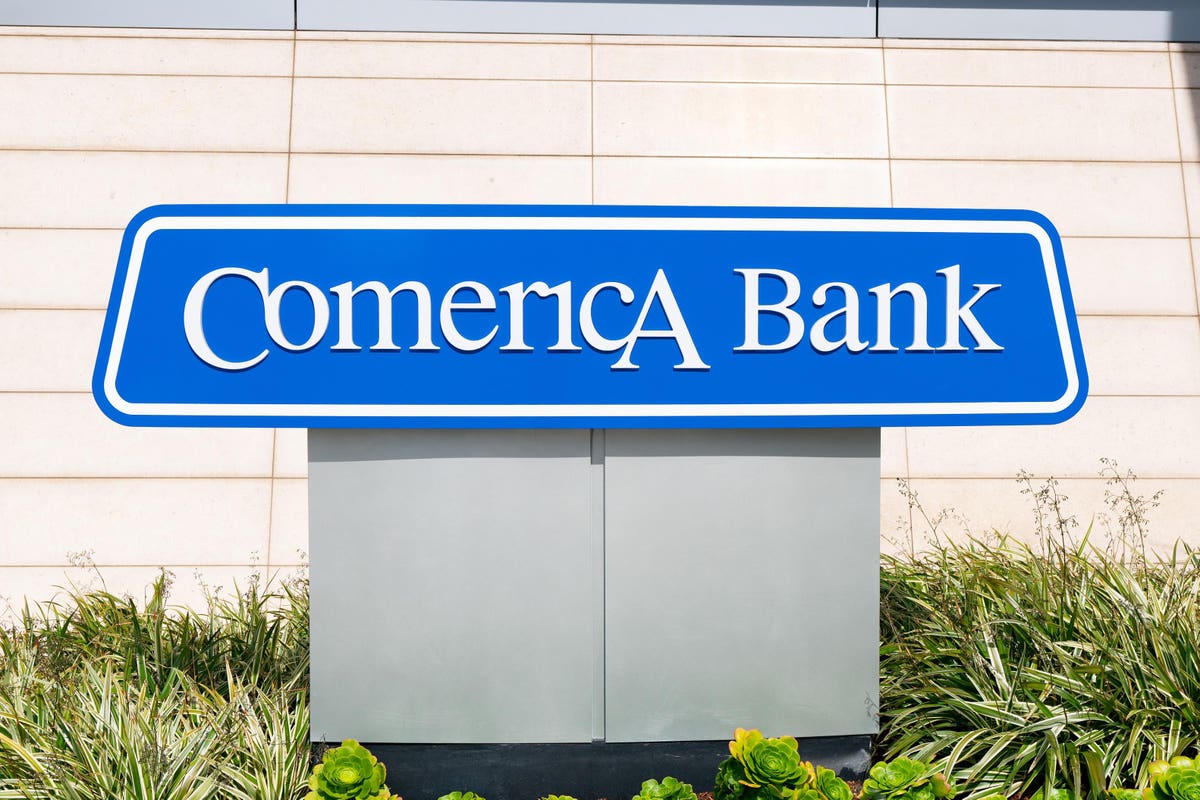Following the failure of First Republic (FRC), regional bank stocks have come under renewed pressure. In The Prudent Speculator’s latest special report, Banking on Value – Revisited, I discuss the latest goings on and separate fact from fiction. I also offer actionable advice from our Value Investing perspective, including three additional undervalued stock selections to go along with the one featured below.
Updating the Report for last week’s developments, I concede that news on the regional banking front was problematic, at least as far as PacWest Bancorp goes, though the same could not be said for another supposedly troubled West Coast bank, Western Alliance.
Unfortunately, PacWest disclosed that it lost more than 9% of its deposits the week ended May 5, with the majority of the outflow the last two days of that week, following a misleading story from Bloomberg that implied the company was looking to sell itself. PacWest did also choose to slash its quarterly dividend to $0.01 per share on May 5, down from the prior rate of $0.25, but the stock closed higher on May 8, before plunging anew following the deposit news on May 11.
On the other hand, Western Alliance issued another in its series of deposit updates, stating that the Phoenix-based bank had total deposits of roughly $49.4 billion as of May 9, up $1.8 billion from $47.6 billion as of March 31 and higher than $600 million from $48.8 billion as of May 2. Western added that it had total insured deposits of 79% of total deposits as of May 9, compared to 68% as of March 31.
Alas, PacWest’s news garnered far more airplay than Western’s, and provided more ammunition for those seeking to profit from and potentially create the demise of regional banks. JPMorgan Chase
JPM
Obviously, the continued plunge in regional bank stocks has done our portfolios no favors, but the weight of the evidence continues to suggest that there is no systemic run on the banks, while we note the following tweet on May 12 from one of my favorite journalists, Michael Brush.
I’ve examined insider activity every day for > 20 years. I don’t think I’ve ever seen a sector signal as strong as the one in banking right now. There is broad buying across the group, and a lot of depth in terms of purchase size. Gee I wonder who is right here.
Sadly, for those who own, and happily, for those considering a new purchase, shares of Comerica
CMA
Comerica CEO Curt Farmer said at the end of Q1, “We successfully protected our core customer relationships as deposit pressure was largely localized to select portfolios. I feel our strong deposit franchise is now more attractive as we retained our favorable noninterest-bearing orientation diversified across multiple businesses and geographies while improving risk characteristics, thereby creating an even more consistent funding profile. In fact, relative to pre-pandemic, we have a higher level of deposits, a better loan to deposit ratio and a lower percentage of uninsured deposits. Our business model was tested, and we emerged in a better position for long-term success.”
The bank has been quiet regarding its latest deposit flows, but a presentation released at the top of May stated that 95% of Commercial Bank non-interest-bearing deposits utilize Treasury Management services. I think little details like these point to the differentiation and value Comerica offers relative to some of its peers via its advisor style relationships with small and mid-size commercial customers.
Whether due to a high exposure to variable-rate loans or its large percentage of uninsured deposits, I have long viewed Comerica as a stock with above-average risk and reward. I also note that Comerica has classified all its investment securities as available-for-sale, meaning that marks to market for its securities portfolio are more transparent relative to some peers that have classified a portion as held-to-maturity.
I continue to believe CMA has the capital and experience to navigate the near-term regional-bank uncertainty and that investors will be well rewarded in the fullness of time. Analysts still think the company can earn more than $8.00 per share this year, with the consensus estimate for 2024 standing at $7.78. The dividend was hiked at the end of February and the yield is now 8.3%, with the latest $0.71 per share quarterly payout declared on April 25. True, conditions can change quickly, but I think CMA is well worth investor consideration.
Read the full article here


